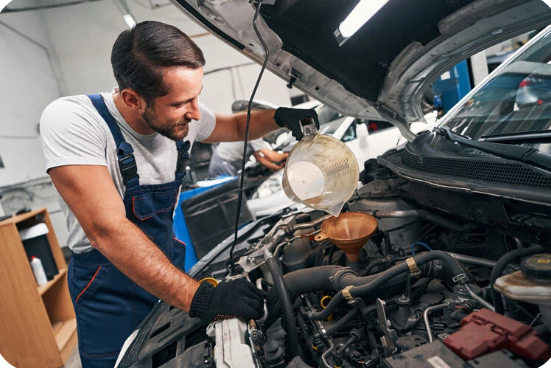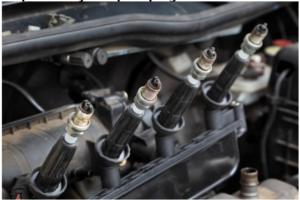As a car owner, it’s crucial to keep your vehicle in top condition to ensure optimal performance, fuel efficiency, and safety on the road. One of the most critical aspects of car maintenance is monitoring and maintaining the essential car fluids that keep your engine running smoothly. In this post, we’ll explore the five essential car fluids you need to monitor regularly to keep your car in top shape.
1. Engine Oil
Engine oil is the lifeblood of your car’s engine. It lubricates the moving parts, reduces friction, and prevents overheating. Regularly checking the engine oil level and condition is vital to ensure your engine runs smoothly and efficiently.
- Check the oil level every time you fill up on gas or every 1,000 to 5,000 miles.
- Look for signs of dirty or contaminated oil, such as a dark color or particles in the oil.
- Change the oil every 5,000 to 7,500 miles, depending on your car’s manufacturer recommendations.
2. Coolant (Antifreeze)
Coolant, also known as antifreeze, is responsible for regulating your car’s engine temperature. It prevents overheating in the summer and freezing in the winter. Monitoring the coolant level and condition is crucial to prevent engine damage.
- Check the coolant level every 6 months or 12,000 miles.
- Look for signs of leakage, such as green or yellow fluid under the car.
- Change the coolant every 30,000 to 50,000 miles, depending on your car’s manufacturer recommendations.
3. Brake Fluid
Brake fluid is responsible for transferring pressure from the brake pedal to the brake pads, allowing you to stop safely. Monitoring the brake fluid level and condition is vital to ensure your brakes function properly.
- Check the brake fluid level every 12,000 miles or when you notice a spongy brake pedal.
- Look for signs of leakage, such as a low fluid level or brake fluid on the ground.
- Change the brake fluid every 30,000 to 50,000 miles, depending on your car’s manufacturer recommendations.
4. Transmission Fluid
Transmission fluid lubricates the gears and components in your car’s transmission, ensuring smooth shifting and preventing wear and tear. Monitoring the transmission fluid level and condition is crucial to prevent transmission damage.
- Check the transmission fluid level every 30,000 to 60,000 miles, depending on your car’s manufacturer recommendations.
- Look for signs of leakage, such as a low fluid level or transmission fluid on the ground.
- Change the transmission fluid every 60,000 to 100,000 miles, depending on your car’s manufacturer recommendations.
5. Power Steering Fluid
Power steering fluid lubricates the power steering pump and gears, making it easier to steer your car. Monitoring the power steering fluid level and condition is vital to prevent power steering failure.
- Check the power steering fluid level every 30,000 to 60,000 miles, depending on your car’s manufacturer recommendations.
- Look for signs of leakage, such as a low fluid level or power steering fluid on the ground.
- Change the power steering fluid every 60,000 to 100,000 miles, depending on your car’s manufacturer recommendations.
Tips for Monitoring Car Fluids
- Always refer to your car’s manufacturer recommendations for specific fluid check and change intervals.
- Use a dipstick or fluid level indicator to check fluid levels.
- Look for signs of leakage, such as fluid on the ground or a low fluid level.
- Keep a record of your fluid checks and changes to ensure you stay on top of maintenance.
By regularly monitoring and maintaining these essential car fluids, you can ensure your car runs smoothly, efficiently, and safely. Remember to always refer to your car’s manufacturer recommendations for specific guidance on fluid checks and changes.




